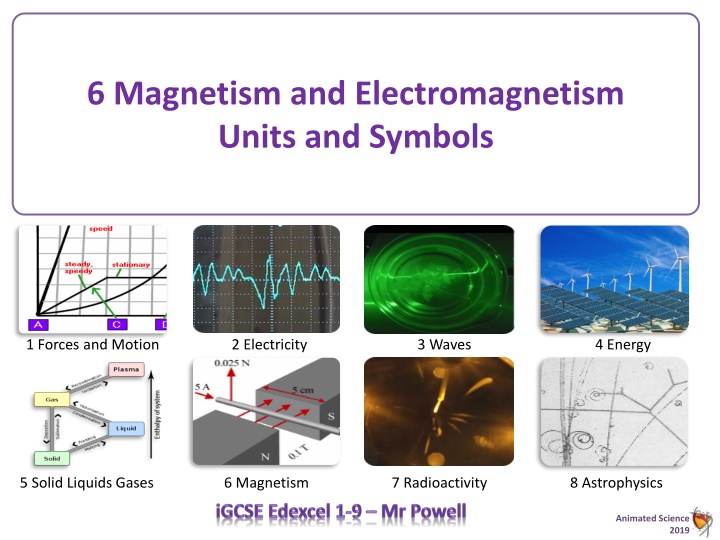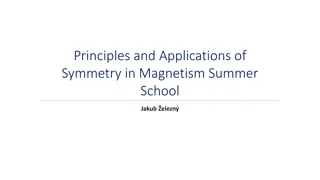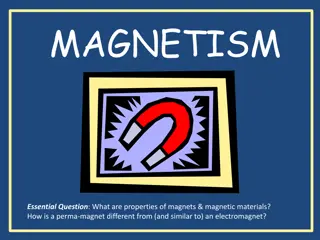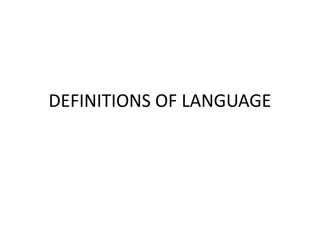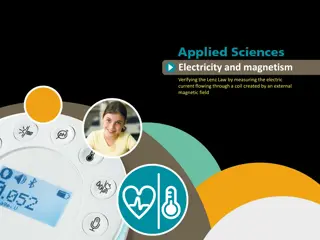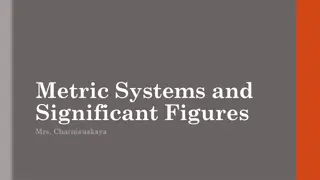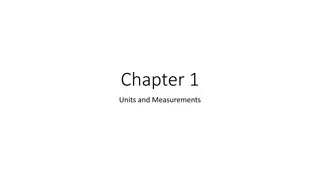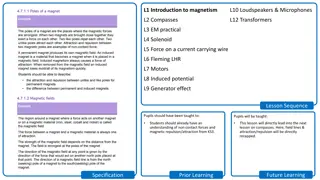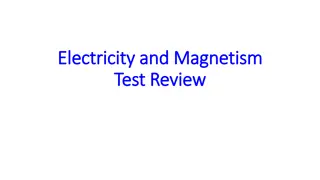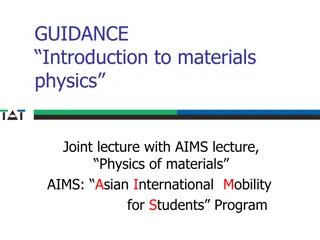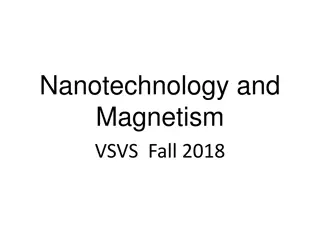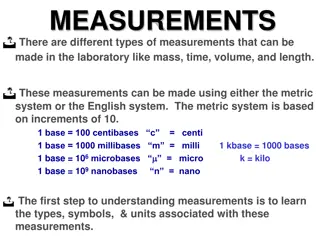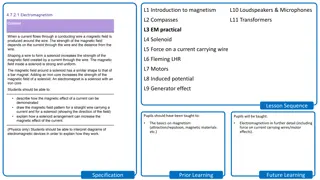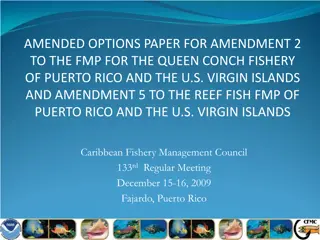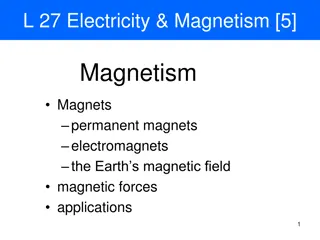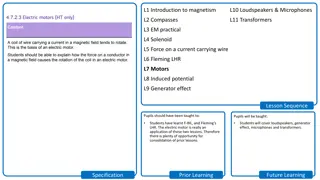Magnetism Units & Symbols for Scientists
Scientists measure various quantities using standard units like ampere, volt, watt, and tesla in the realm of magnetism and electromagnetism. Learn about magnetic flux density, joule, charge, watt, ampere, electrical potential difference, second, and resistance. These fundamental units help in understanding the strength of magnetic fields, work done, electric current, power, and more.
Download Presentation

Please find below an Image/Link to download the presentation.
The content on the website is provided AS IS for your information and personal use only. It may not be sold, licensed, or shared on other websites without obtaining consent from the author.If you encounter any issues during the download, it is possible that the publisher has removed the file from their server.
You are allowed to download the files provided on this website for personal or commercial use, subject to the condition that they are used lawfully. All files are the property of their respective owners.
The content on the website is provided AS IS for your information and personal use only. It may not be sold, licensed, or shared on other websites without obtaining consent from the author.
E N D
Presentation Transcript
6 Magnetism and Electromagnetism Units and Symbols 1 Forces and Motion 2 Electricity 3 Waves 4 Energy 5 Solid Liquids Gases 6 Magnetism 7 Radioactivity 8 Astrophysics Animated Science 2019
Systme Internationale d'Units 6.1 use the following units: ampere (A), volt (V), watt (W), Tesla (T) A physical quantity is something that can be measured. For any measurement, the unit being used must be stated to give an understanding of the scale of the measurement. For example, distance can be measured in kilometres or in miles. They are similar, but not the same and it is important to identify which was used for the measurement, to know how far the distance actually is. The units that scientists use all over the world are standardised in the Syst me Internationale d'Unit s - SI units. It is important to remember these six fundamental (or 'base') units of measurement: metre (m) - unit of length kilograms (kg) - unit of mass second (s) - unit of time ampere (A) - unit of electrical current kelvin (K) - unit of temperature mole (mol) - unit of the amount of substance Animated Science 2018
Units we will use in this module of work There are many quantities scientists measure that come from the base units. Name Unit Abbreviation Energy joule J Power watt W These derived units are very useful to quote as measurements, but they are not fundamental as they come from fundamental units. Electric charge coulomb C Electric potential difference volt V The standard unit for electrical current is the ampere, A. Electric resistance ohm However, but this comes from the fundamental units of coulombs per second . Magnetic flux density B tesla T Ampere Amp A Similar to the watt which is Joules per coulomb . Second time s Animated Science 2018
6 Magnetism Units & SI System Magnetic Flux Density (T): the number of magnetic lines of flux that pass through a certain point on a surface. The SI unit is T (tesla). It tells us how strong a magnetic field is. (symbol B in a formula) Joule (J): the SI unit of work or energy, equal to the work done by a force of one newton when its point of application moves one metre in the direction of action of the force. Charge (C): an inherent fundamental property of some matter i.e. the electron has a charge of -1.6 x 10-19C We often use the term relative charge i.e. -1 for electron and +1 for proton Watt (W): the SI unit of power, equivalent to one joule per second, corresponding to the rate of consumption of energy in an electric circuit where the potential difference is one volt and the current one ampere. Ampere (A): a unit of electric current equal to a flow of one coulomb per second. 1A = 1Cs-1 Electrical Potential Difference (V): 1 Volt means that one Coulomb of charge will gain 1 joule of potential energy when moved between two electrodes 1V = 1JC-1 Second (s): the SI base unit of time which is used to determine progression of the universe. Defined from a complex atomic transition or as a division of an Earth day. Resistance ( ): a measure of how much a wire resists a flow of current often found by R = V / I (V = IR) measured in ohms, Animated Science 2018
Ideas on Measuring Magnetism Magnetic Flux Density (T): the number of magnetic lines of flux that pass through a certain point on a surface. The SI unit is T (tesla). It tells us how strong a magnetic field is. Magnetic fields are found in magnetic materials OR produced by movingelectric charges due to their tiny bit of magnetism inside. We can count how many field lines are produced from a solenoid or magnet and this is where the Tesla is a derived unit based on number of lines in an area. The current (I) in a wire produces a magnetic field around it. B is the symbol for magnetism or the flux density used in formulae and the unit is the Tesla (T). We don t tend to use it much in iGCSE Physics but all other specs use this and it helps to know it. Direction of Force (N) Magnetic fields and electric fields are interrelated and are both components of the electromagnetic force, one of the four fundamental forces of nature. Magnetic Flux Density (B) weaker Conventional Current (I) + to - FBI Don t Shoot! Animated Science 2018
Units / Symbols for Electricity & Magnetism Name Unit Abbreviation Energy joule J Power watt W Electric charge coulomb C V T A Second time s Magnetic fields are found in __________ charges due to their tiny bit of magnetism inside. We can count how many ______ lines are produced from a ________ or magnet and this is where the ______ is a derived unit based on number of lines in an area. The ________ (I) in a wire produces a ________ field around it. B is the symbol for magnetism or the flux density used in formulae and the unit is the ________ (T). We don t tend to use it much in iGCSE Physics but all other specs use this and it helps to know it. Magnetic fields and __________ fields are interrelated and are both components of the ______________ force, one of the four fundamental forces of nature.
Electrical Symbols Animated Science 2019
